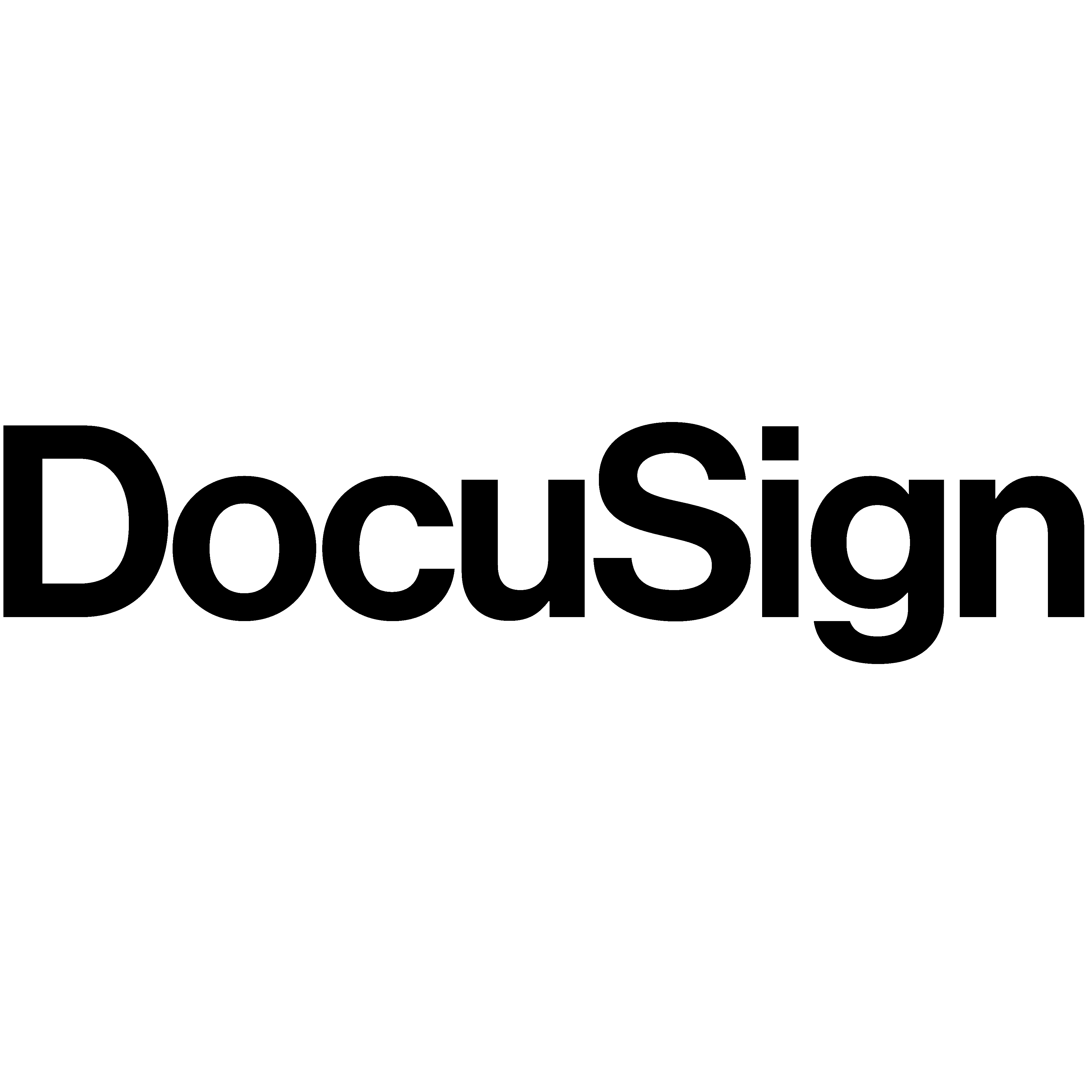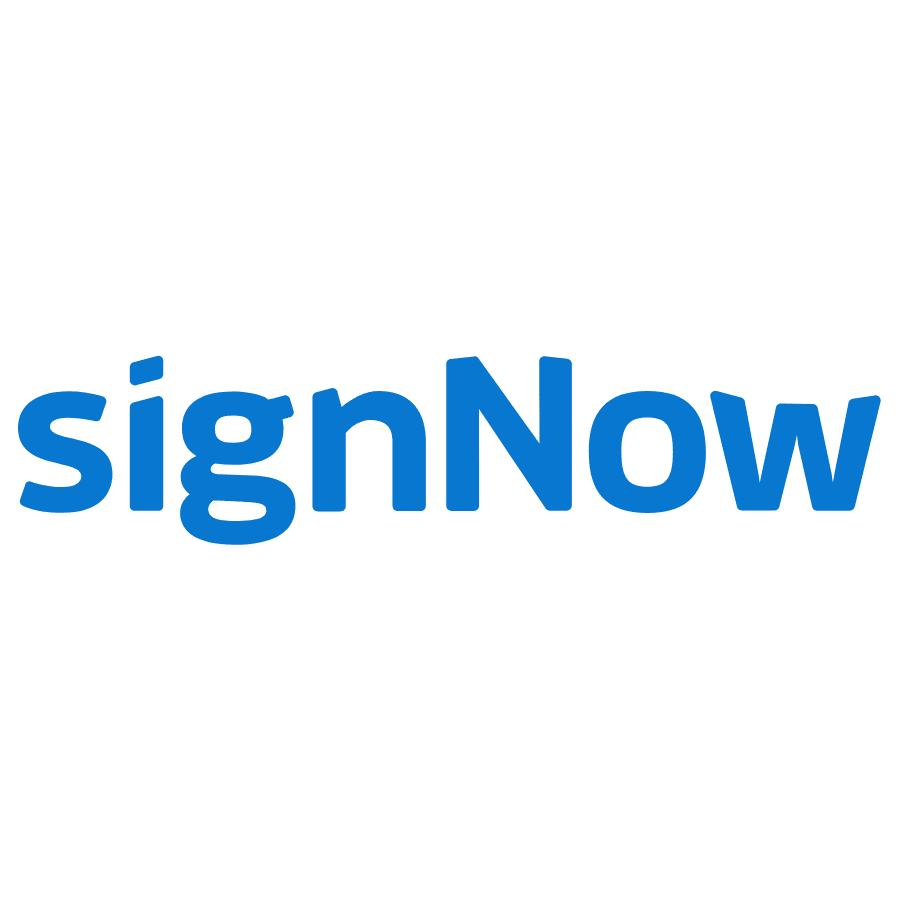

For many years, wet signatures have been the standard method for signing almost all kinds of documents, such as lease agreements, contracts, business proposals, and more! But that was back in the days when technology was still in its early stages of development. Since the introduction of electronic signature software in the present day, signing and maintaining legal documents have grown more efficient, secure, and flexible.
If you choose whether to use wet or electronic signatures, can you confidently make your pick right away? To eliminate the confusion, it would surely help if you knew their specifications. So keep reading to find out!
Wet Signature Explained
What is a “wet” signature?
Wet signatures are the traditional method of signing using pen and ink. It is a clear mark of approval written by hand on a hard copy of a document, form, or agreement. Wet signatures have indicated a legally enforceable agreement between two parties for many years.
However, circumstances are changing, and wet signatures are now infrequently used and only occasionally needed by law. Instead, electronic or digital signatures have become one of the quickest and most convenient ways to sign electronic documents. E-signatures can usually take the place of wet signatures because they are just as legally binding as a physical signature.
While governments and large nonprofits continue to favor this method, private companies are increasingly looking for alternatives to the traditional wet signature to authorize transactions. For purposes of verification and authenticity, wet signatures are often employed.
They are usually found on contracts, deeds, checks, and other legal documents to show that the person signing the document understands what it says. Both wet and dry processes can be used to produce them.
When do we still need a wet signature on documents?
There are a few instances in which a wet signature is required to make a document legally enforceable. Specific papers about wills, trusts, adoptions, divorce proceedings, court orders, evictions, and insurance benefits still require wet ink signatures.
Electronic signatures require the signer’s permission to use the related technology. If the person receiving the electronic document insists on signing it on paper, you should let them use a wet ink signature.
Moreover, the great majority of bank paperwork and other paper documents accept electronic signatures. Even high-value financial transactions, such as mortgage loans, can be completed with eSignatures.
Are there drawbacks to using wet signatures?
You should be aware of the following potential downsides of wet signatures:
Costs
Costs can quickly escalate if you process a high volume of contracts, agreements, forms, or any other type of paper. However, it’s not simply the expense of ink, writing, and shipping. Unnecessary administration can have a significant impact on a company’s budget. If employees spend all their time processing paperwork, they have less time to focus on generating new business or delivering an exceptional experience to existing clients.
Limited turnaround time
Turnaround times can be extremely lengthy. After you’ve printed and mailed your document for a handwritten signature, you’ll likely be left waiting for it to be returned. With the ability to trace what you’ve sent, it can be easier to provide realistic completion predictions for contracts and agreements. But if a document is lost or misplaced in the interim, you will need to restart the process.
Security Threats
Wet signatures also have a major security flaw. Paper records easily fall into the wrong hands if they are left lying around. If a document is sent to the wrong place, important business information could be leaked by accident. Wet signatures can be easily faked, changed, or copied without the owner’s knowledge if there isn’t proper document security. This could cost the owner a lot of money.
Keeping and retrieving records
Documents returned to your firm with a wet signature must be scanned and stored on a local drive or in the cloud. Compared to simply pulling it up on a computer, locating the document in a filing cabinet or box in storage is time-consuming, especially if you or the signer need to refer to it in the future.
What is an Electronic Signature?
The term electronic signature refers to the acceptance or acknowledgment of an electronic message, transaction, or document. Electronic signature solutions are worth looking into if you’ve ever dealt with any of the above problems. E-signatures, or electronic signatures, let people sign documents online instead of printing them out and writing on them by hand.
Electronic signatures (e-signatures) are equally legally binding as wet signatures in many jurisdictions worldwide. Also, with the right software, digital documents can be signed electronically, so signatures and signer information can be verified, tracked, and saved at every stage of a contract’s lifecycle.
Numerous nations have enacted laws governing the legality of electronic signatures. Examples include the United States ESIGN Act (Electronic Signatures in Global and National Commerce Act) and the European Union’s eIDAS. In addition, the United Nations has also come up with guidelines to help states write new laws.
Why Use Electronic and Digital Signatures over Wet Signatures?
The following are some of the benefits of incorporating e-signature technology into your workflows:
1. Efficiency and velocity
Speedy process is a crucial advantage that distinguishes electronic signatures from wet signatures. With electronic signatures, contracts are initiated and finalized approximately 80% faster. A document that would typically need printing, signing, scanning, and mailing may now be filled out in a matter of seconds, saving everyone involved a lot of time and effort. The more efficient you are, the more time and money you save.
2. Businesses lose time and money when they require paper contract signatures.
There will be no expenses for paper, printing, or shipping. Moreover, documents are sent out to clients immediately and can be signed on any device, anytime, anywhere in the world. Most people would instead get documents via email because they don’t have to keep paper copies around the office, and they can be responded to quickly. When a document is signed, you get an alert immediately and see the whole audit trail.
3. Safe and tamper-resistant
Time-stamped and non-editable audit trails record data such as document revisions, signer information, and more and are a standard feature of many e-signature solutions. As a result, it is simple to tell if a signed document has been altered in some way without the signer’s knowledge. In addition, you may safely save all your documents online, away from prying eyes.
4. Flexibility
Signing contracts in person could have been more efficient. With the rise of remote work, though, employees are now spread out worldwide, making it much harder. Electronic signatures make it possible to sign documents in any location at any time. No matter where you establish your business, you can continue acquiring new customers and hiring new employees to stay caught up.
5. Reduced expenses
It saves you money on physical storage, postage, and printing. The reduction increases as the number of documents processed by your organization increases.
6. Enhanced Overall Business Procedures
Consider how most signed documents can impede the operations of your business. Consider how much time you would waste if you had to sign documents from parties in different regions. It is expected that the processing would include multiple departments and workflows.
FAQs
1. Is an electronic signature and a digital signature the same thing?
Standard electronic signatures (SES) let the signer show that they agree. In contrast, advanced electronic signatures (AES) have tracking and authentication features that make it possible to verify the signature and link it to the person who made it. Both are electronic signatures, but most people mean an AES when they say “digital signature.”
2. Are e-signatures legal?
Even in businesses with many rules, e-signatures that meet specific requirements are legal and can be enforced. The United States, the European Union, and other countries have passed laws and regulations that allow electronic signatures to be treated the same as physical signatures when certain conditions are met, such as disclosure, permission, and so on.
3. Is a signature made with wet ink identical to one written by hand?
A signature signed with wet ink is as legally binding as one marked by hand. This is because the ink is typically used when signing a physical document with a pen, and ink is used when signing handwritten signatures.
4. What is the distinction between wet and dry signatures?
A wet signature differs from a dry signature in that it is typically created on paper with ink or pens. On the other hand, dry signatures don’t require ink and can be done in different ways, such as with an electronic signature.
5. Can you scan a wet signature?
A moist signature can be scanned for document digitization and secure internet storage. This can be done by signing a contract with a pen and scanning the document with the signature. However, this still needs more human labor than an electronic signature instrument. Consult our guidelines on how to check a signature for further information.










